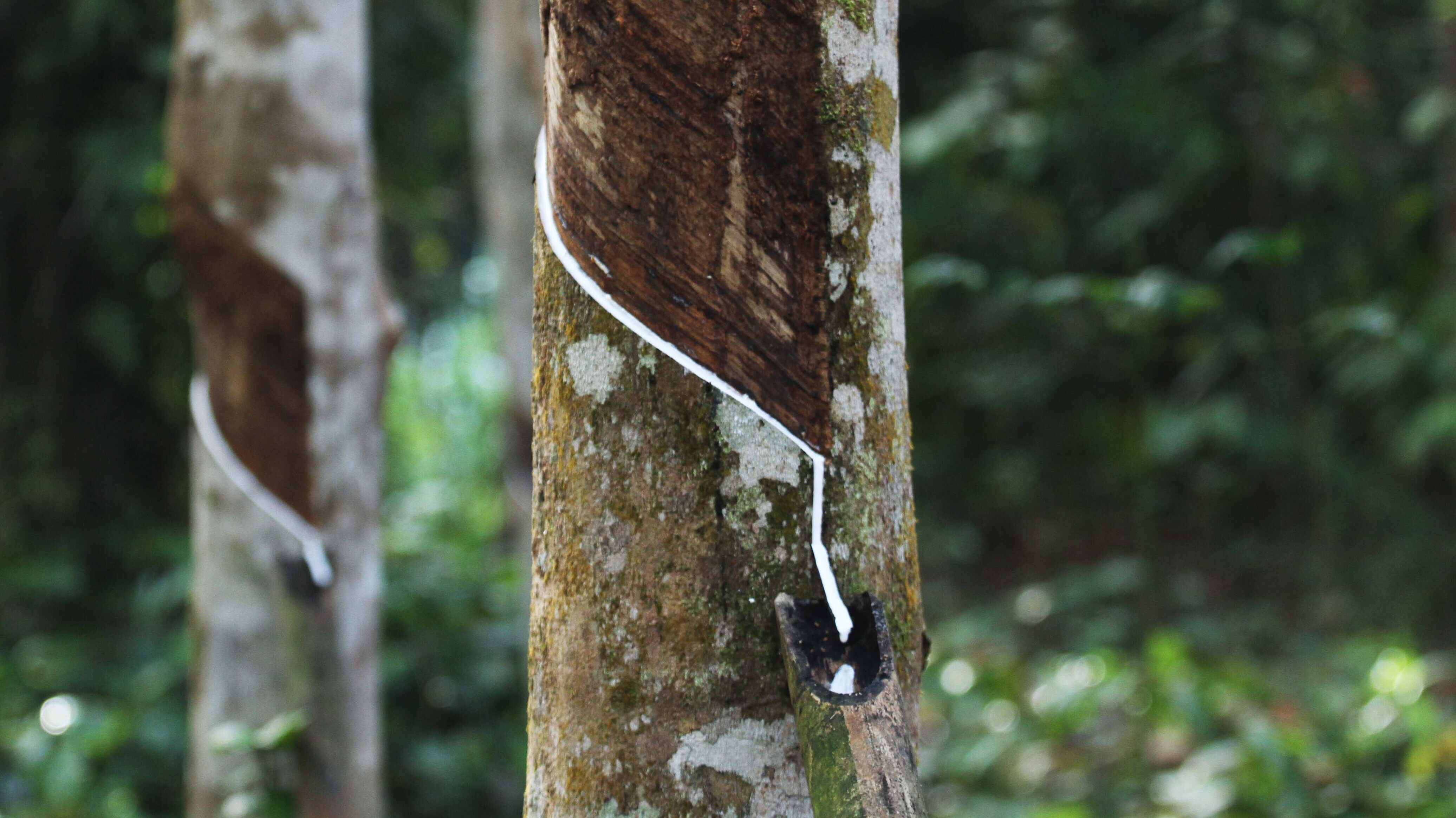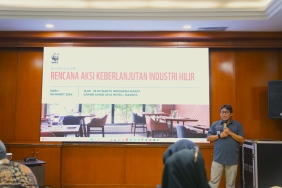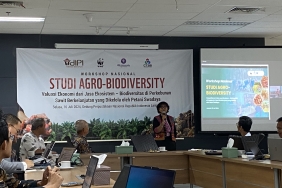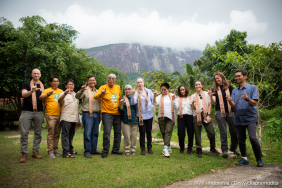FARMERS TIGHTEN SUPERVISION OF CLEAN RUBBER
Putussibau- The price of rubber in a number of areas in West Kalimantan, especially in Kapuas Hulu Regency, is still in the range of Rp 5,000-6,000 per kilogram. This situation urges farmers to look for ways to get additional income.
In conditions of falling rubber prices and unfavorable to farmers, the Barese Rubber Center in the Labian-Leboyan Corridor of Kapuas Hulu, is still trying to increase the bargaining price of rubber produced by farmers. "We are trying to take strategic steps to improve the bargaining position of farmers before the market," said Octavius Jubang, Manager of Barese Rubber Center in Lanjak, Thursday (21/12/2017).
The center, which was formed on November 17, 2015, has made a number of innovations to improve the quality of Rubber Processed Materials (Bokar). Assisted by WWF-Indonesia, the Barese Rubber Center is trying to improve the quality of rubber by implementing an internal control system (ICS).
This system has proven successful in maintaining the quality of rubber produced by farmers, where the Bokar produced has been tested at the Laboratory of the Goods Quality Supervision and Certification Unit, West Kalimantan Industry and Trade Office.
Rubber that is dried for two weeks already has a Rubber Dry Content (K3) of 76.19 percent with a cleanliness level reaching 91.44 percent. As for one-month drying age rubber, K3 has reached 78.24 percent with a clean level reaching 92.01 percent.
The results of this laboratory test indicate that the rubber produced by the Barese Rubber Center is declared to be in accordance with SNI 06-2047-2002. The success of farmers in maintaining quality, significantly changed the net bokar price to 9,600 to 14,200.
Jubang explained that the implementation of this direct supervision system from rubber farmers is a contribution to increasing the production of people's rubber. This means that farmers change their behavior from previously soaking and putting other contaminants into Bokar to drying Bokar on shelves.
"We supervise rubber production from cleaning farmers' gardens, selecting bamboo containers that have natural ant acids, to transportation. We continue to keep it from being contaminated with sand, stones, and even bark from the rubber tree itself," Jubang explained.
He admits that this spirit of producing local potential continues at the member farmer level and hopes for government support. "Rubber farmers cannot walk alone. We need support and attention from the government, companies, and assisting institutions such as WWF Indonesia in order to continue to produce quality people's rubber," he pleaded.
WWF-Indonesia in 2011 has conducted a study in the Labian-Leboyan Corridor area, namely in Labian Village, Mensiau Village, and Sungai Abau Village. There, farmers are able to sell wet rubber with K3 54 percent of about 80 tons per month.
Hulu Kapuas Landscape Leader WWF-Indonesia, Anas Nasrullah, revealed that the production of people's rubber can actually increase production. "The results of the study that we have done predict that people's rubber production can increase up to 300 percent in 2016. This can happen with the reforestation of areas owned by the community and market incentives for clean rubber production," he said.
In improving the quality and maintaining the quality of people's rubber, WWF-Indonesia has also assisted a number of other groups in Kapuas Hulu and Sintang Regencies such as the Tanjung Village Rubber Farmers Group, Mentebah District for Kapuas Hulu Regency and the Rubber Farmers Group, Rimba Harapan Cooperative, Sintang Regency.
This effort is carried out in the hope that rubber farmers can increase their bargaining value, create a fair market, and ultimately prosper the rubber farmers themselves.





